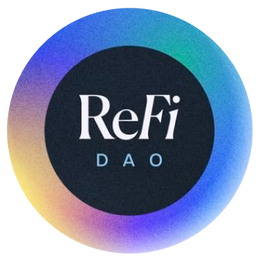A Common Framework for ReFi | EBF Activator x ReFi DAO 🌱
What actually is ReFi? What is Regeneration? How should we measure & compare projects?
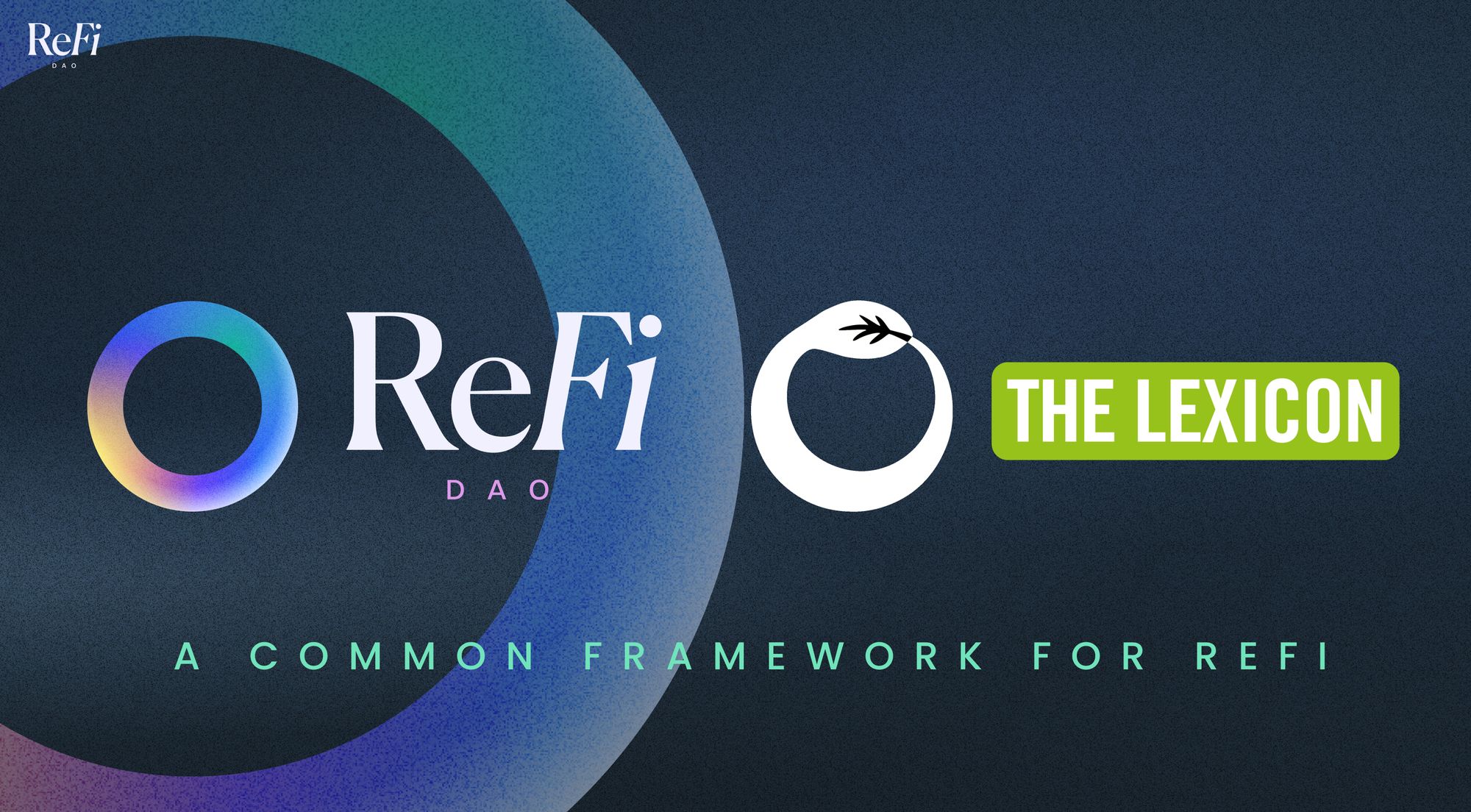
Hey ReFi Nation! Monty here to introduce a key initiative to create a common language and framework for ReFi, Regeneration, Ecological Assets, and more...
If the questions raised in this article resonate with you, make sure to join the ReFi Rabbit Hole. Together we will build towards answering the question of 'What is ReFi'? with weekly working sessions to digest & synthesis top regenerative frameworks!
Now, let's dive in 👇
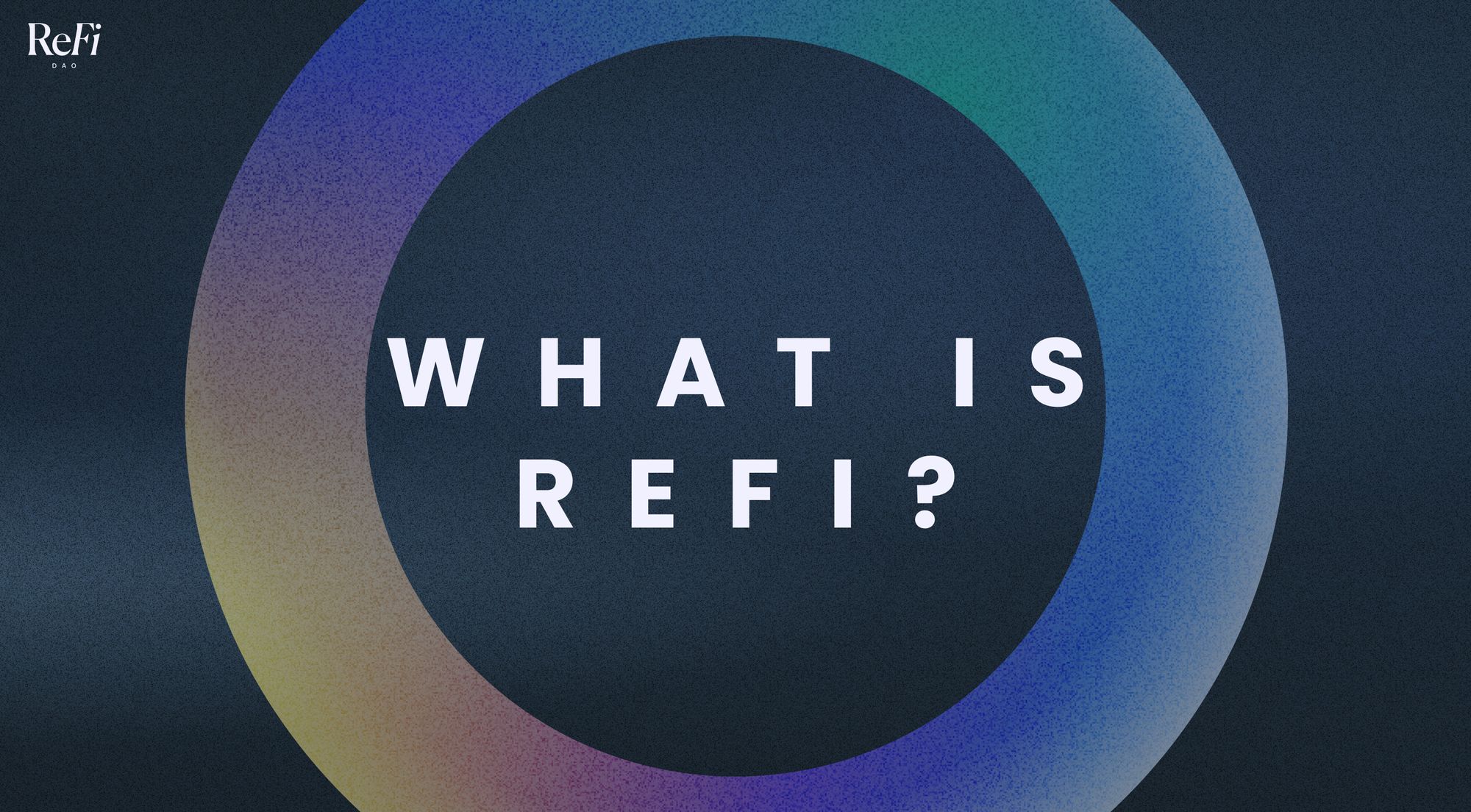
What actually is ReFi? 🤷♂️
What does it mean to you? What about Regeneration? And how should we measure projects in this space? 🍎🍊🧐
ReFi stands for Regenerative Finance, and it broadly relates to a movement aiming to use finance as a way to support regenerative and restorative outcomes in social, environmental, and economic systems. Yet it is likely that everyone reading this will have a unique perspective as to what this actually means, and what this actually looks like in practice. This diversity is important, but at the same time, a lack of top-level alignment and shared understanding can create fragmentation and be a bottleneck for progress.
There are several key questions that continue to surface as we explore the opportunity of regeneration, namely:
- How can we compare carbon and other ecological projects that measure impact differently?
- How can we decide what projects are classified as ‘ReFi’ as opposed to those that are greenwashing?
- Is ReFi purely in the domain of environment? How should we include principles for regenerative social, cultural and economic development as well?
As we see an ever increasing wave of capital, talent and attention flowing towards this space, it is increasingly important that we gain some shared consensus around these questions
Let's dive in 🕳️🐇
Breaking carbon tunnel vision 🔭
In the face of a complex web of existential crises, carbon and other impact markets have the potential to be a key part of the solution. Yet carbon markets themselves face a number of fundamental challenges currently hindering their impact and growth - opacity, misinformation, extraction, fragmentation and the resulting lack of trust - to name a few... Furthermore, it is abundantly clear that carbon remains only one part of the challenge. Holistic approaches are desperately needed to tackle biodiversity loss, growing inequality, and a range of other social, environmental and economic challenges.
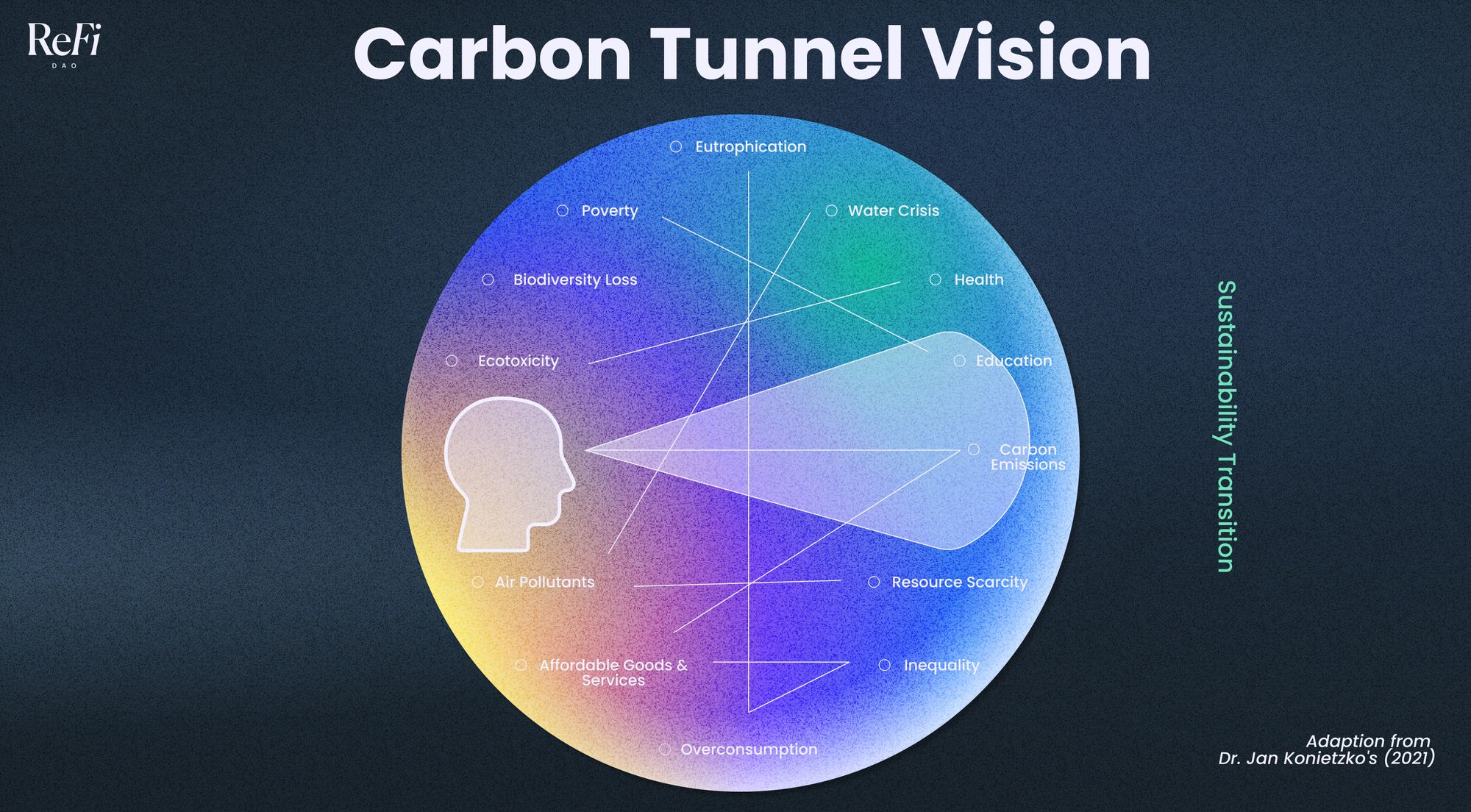
This beckons the question: How should we as a species value carbon alongside other social and ecological benefits?
The Ecological Benefits Framework (EBF) 💠
The Lexicon is a US-based NGO that uses evidence-based storytelling and strategic mobilization to build impact movements tackling our greatest collective challenges. Co-creating with a large array of academics, practitioners, and other stakeholders, they have begun the development of a framework intended to broaden definitions of carbon markets to encompass the full suite of ecological benefits - air, water, soil, biodiversity, equity, and carbon, as well as create the appropriate methodologies to measure these outcomes.
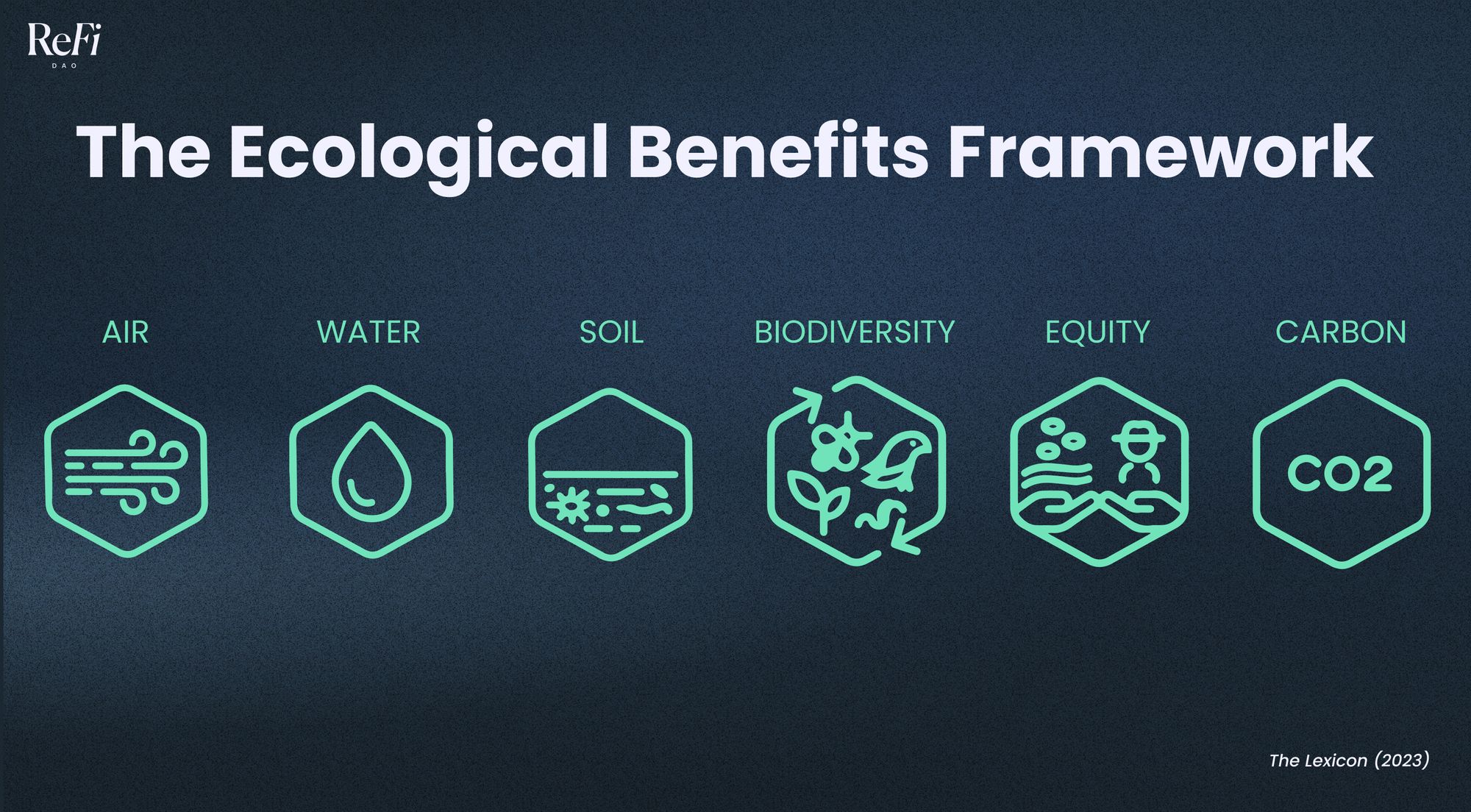
This holistic framework is based on the on the insight that humans are a part of — not separate from — nature. The health of our societies, economies, and all life on earth, depend on the health of our air, water, soil, biodiversity, equity, and atmospheric carbon.
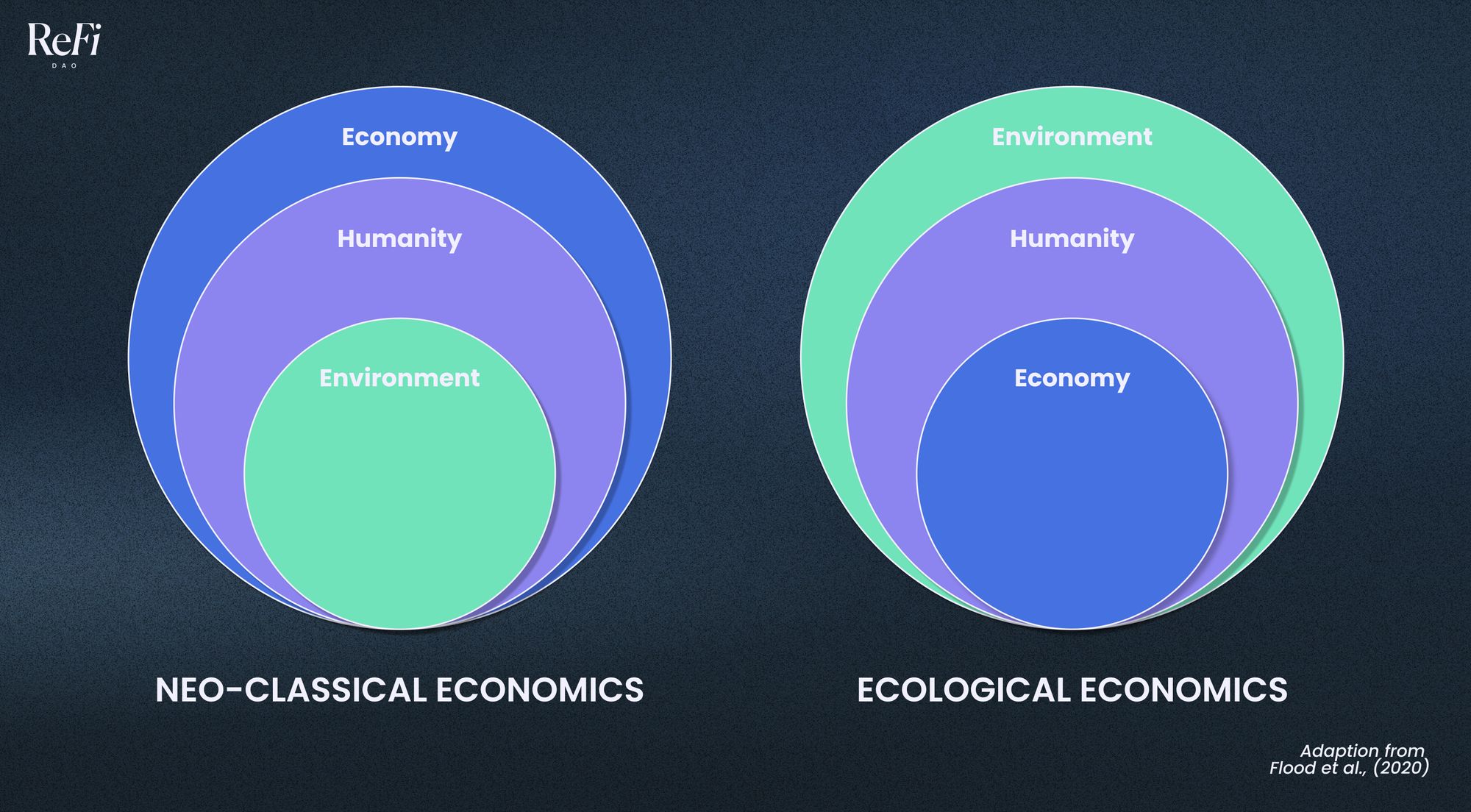
Building a framework is one thing, but how do we gain collective institutional and community adoption behind it? What if the framework breaks in certain use cases or is not fulfilling the needs of all its stakeholders? How might we further extend or develop the framework and combine it with other concepts of regeneration?
The Activation Process ✅
Over the past four years, supported in part by Google, the Lexicon has been developing an award winning activation process. Activators are highly-structured outcome-focused initiatives that are conducted with a diverse set of stakeholders, value chains, and domain experts. The aim is to accelerate the transformation of good ideas into industry-aligned tools and intelligence.

Now, The Ecological Benefits Framework Acitvator is in progress. Experts across intersecting value chains are being mobilized across 5 workstreams.
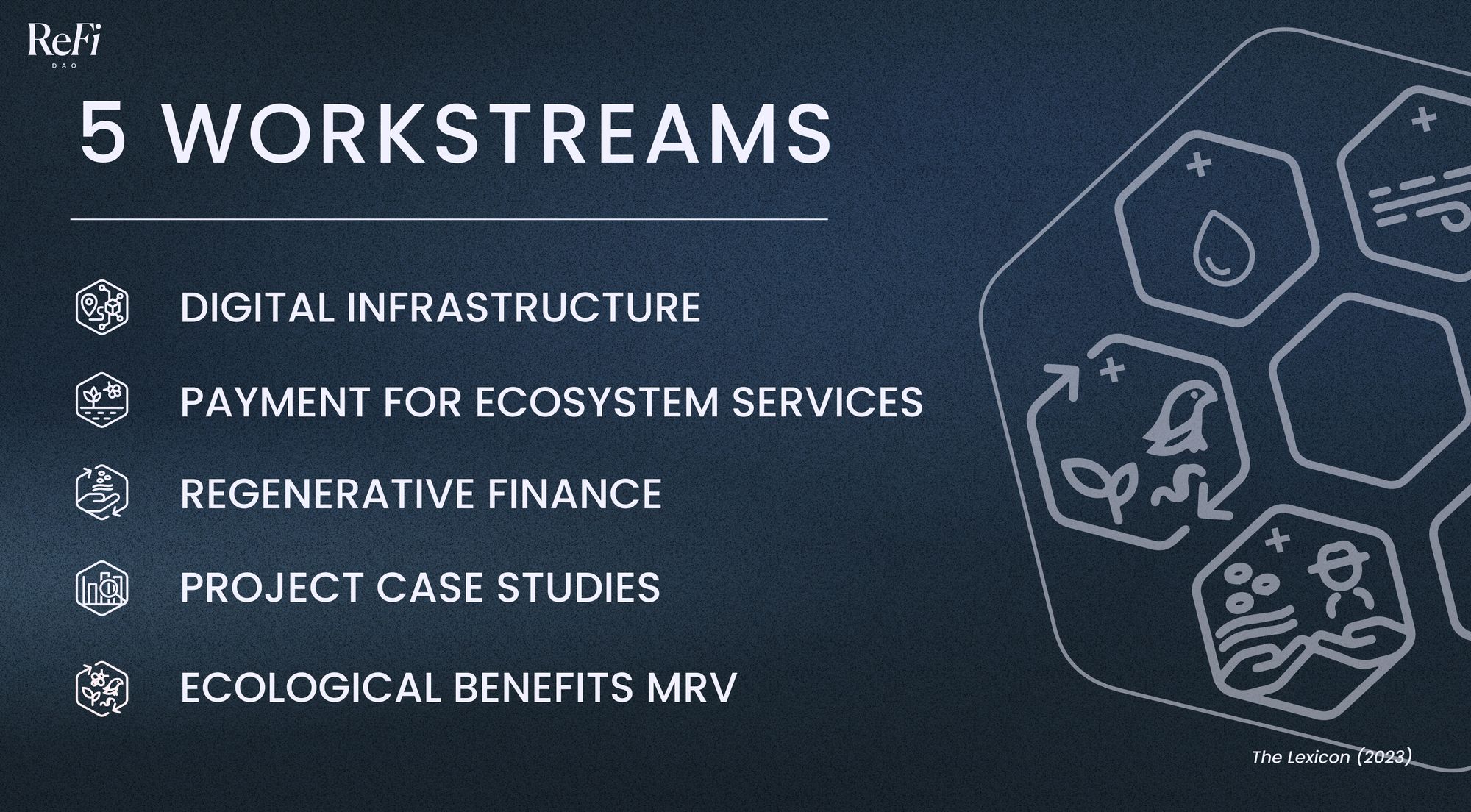
Utilizing the Ecological Benefits Framework (EBF) as a starting point, they will seek to expand on this work, identify the principles and practices that directly enable outcomes, and apply it in up to 25 case studies to show how it can be applied in the real world. Furthermore, the activator will transform the ideas into a collection of freely available open-source frameworks, tools, and models for everyone to use.
“All the workstreams are important, but if this one creates a pre-competitive digital architecture, it will be as important as roads and bridges. This goes beyond choosing a protocol, it's about stepping back and taking a crack at an interoperable system for the world, assets, and markets.”
— Gregory Landua (on the Digital Infrastructures Workstream)
As a result of the activator, we should start to form consensus around a shared language for the wide range of organizations working at the intersection of blockchain, carbon markets, ReFi, ESG, ecological benefits, and more, as well as create alignment around a common set of principles & best practices. Achieving this would be a huge milestone in creating trusted impact markets and help to accelerate governmental and institutional investment for decades to come 🙏
But we are just at the beginning of this process...
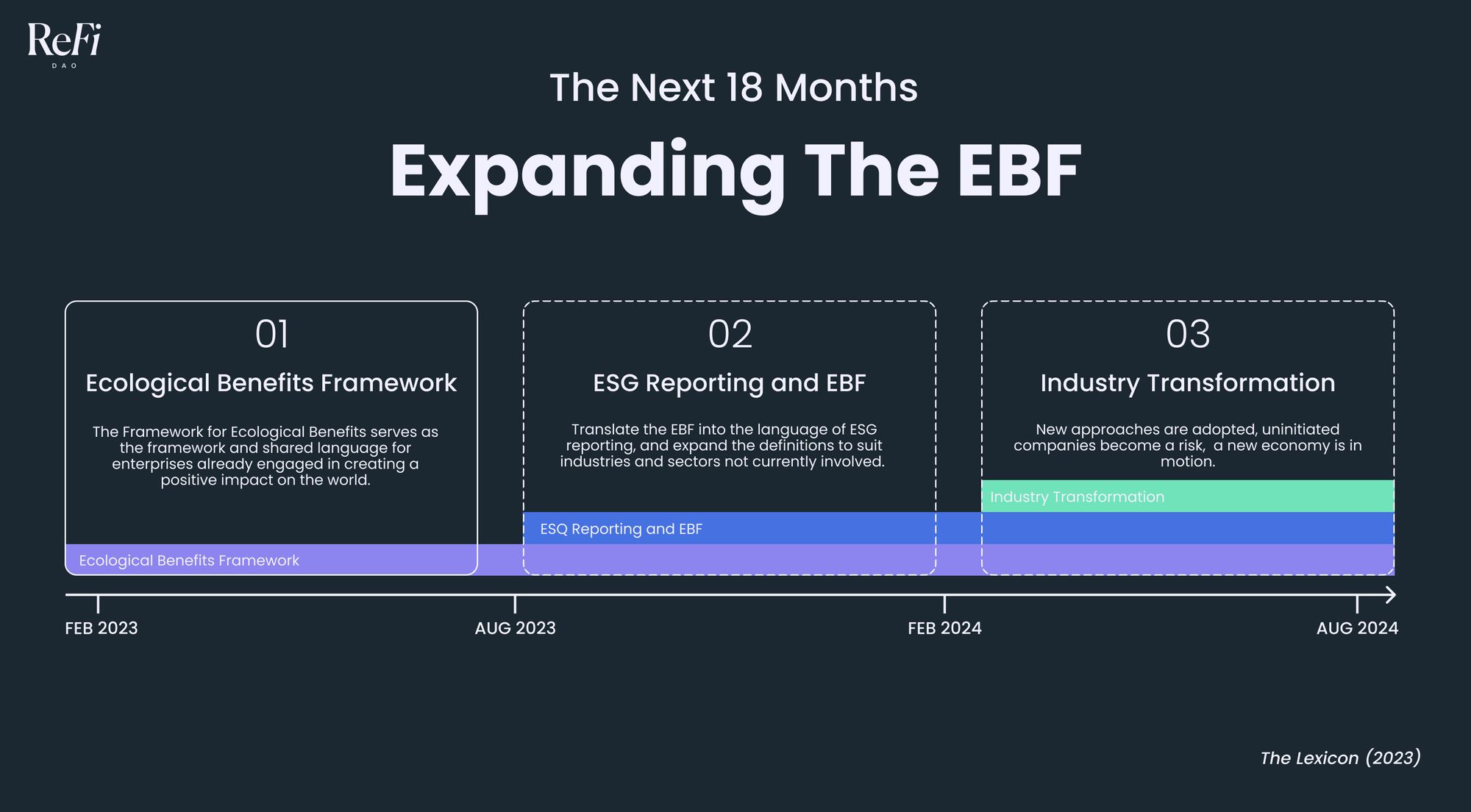
In order to create maximum impact, we must individually and collectively work to align diverse sectors and stakeholders in support of building and adopting these common language & frameworks.. The more thought-leading people and organizations that join this process the better!
If you want to support this work, consider donating to the EBF Gitcoin Grant 👇
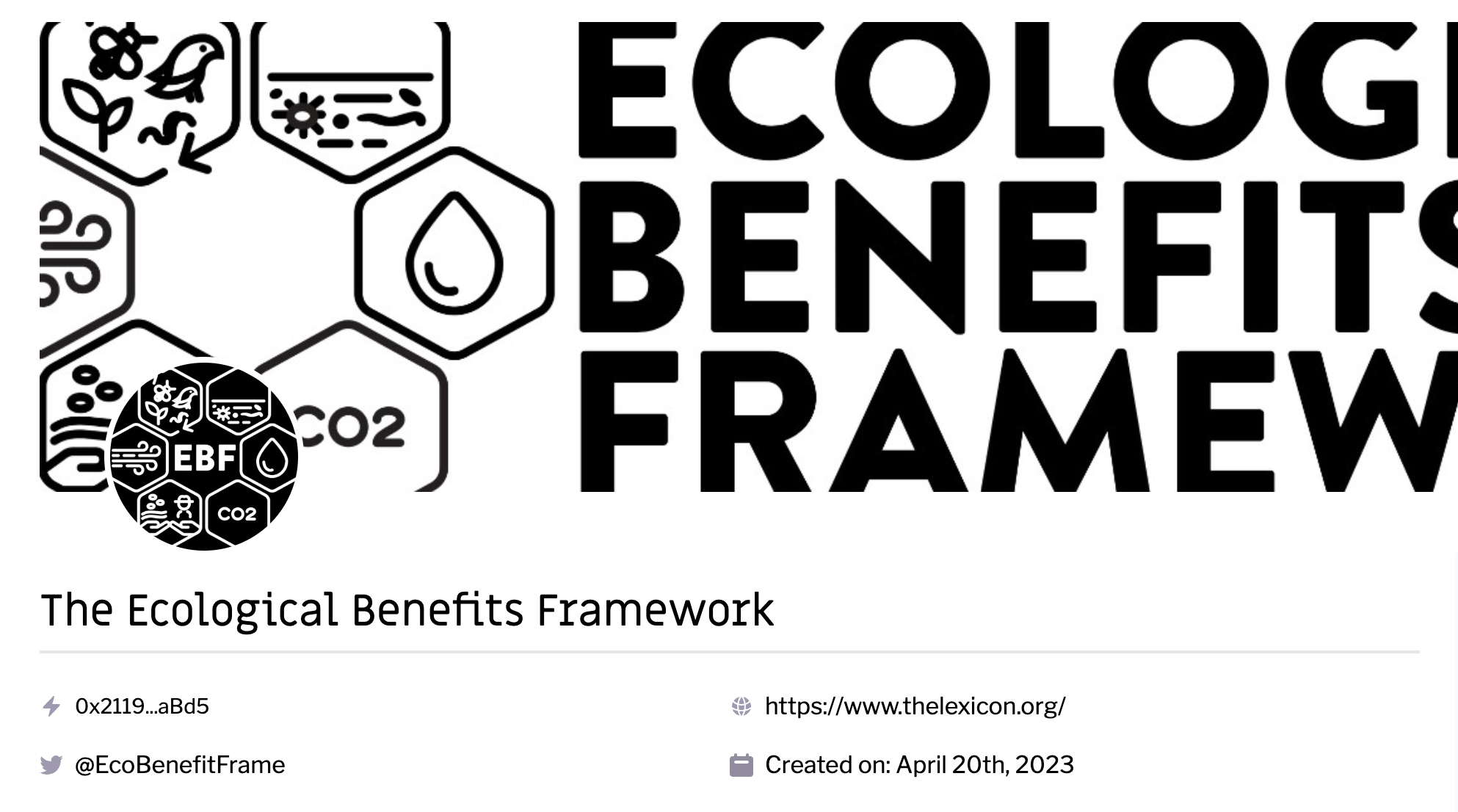
Continuing this work, what might a shared language and framework look like for ReFi?
The ReFi DAO View 🔵
ReFi DAO's mission is to realize a global regenerative economy. In order to get there, we aim to support the emergence of a flourishing Regenerative Finance ecosystem with an ever growing network of talent, capital and innovation. As such, we have been maintaining a growing knowledge graph of the ReFi Ecosystem, including people, content, events, and over 600+ ReFi organizations. You can read more about this in the thread below 👇
Today, I would like to introduce a key tool for helping to coordinate a symphony of regeneration:
— Monty Merlin Bryant 🧙✨ (@MontyMerlin) April 2, 2023
The ReFi Knowledge Graph & ReFi DAO Web-App.
❗️ We are currently in Alpha mode but let's dive into some key features and ideas 👇
/5 pic.twitter.com/h0yLW5A41x
Yet as our database has continued to grow, we have been asking ourselves:
- What actually is ReFi?
- How should we determine which projects are actually classified as ReFi?
- How might we distinguish and evaluate organizations according to their regenerative credentials and impact?
We are only at the beginning of exploring these questions - in-depth exploration and analysis with a wide array of stakeholders is needed... But thanks to some brilliant thought-leaders, here is a work-in-progress model so far:
1) Regeneration grows resource capacity over the long term
Regenerative systems have the capacity to continuously renew themselves, they are able to sustainably build resource capacity and adapt to changing conditions.
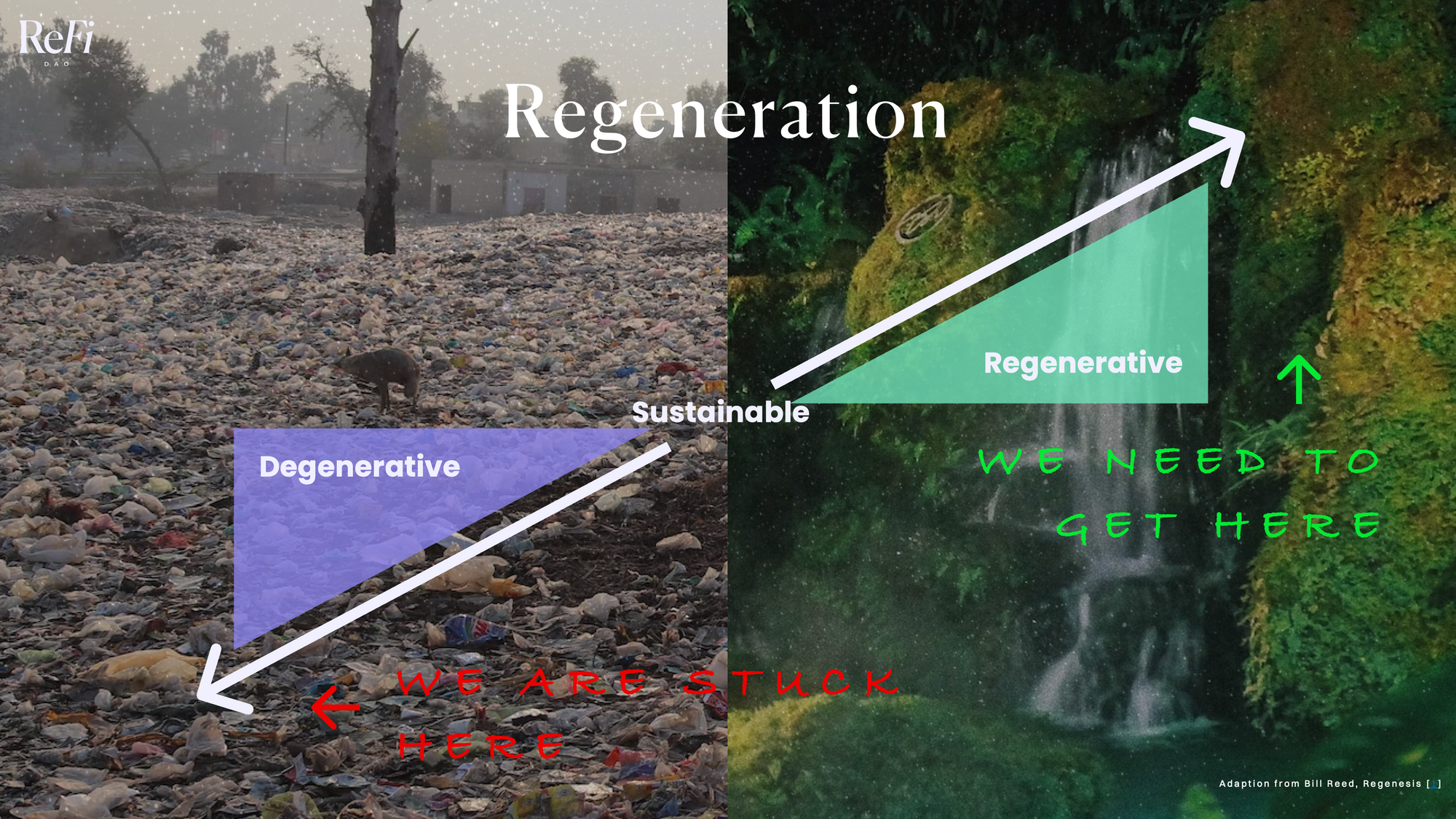

What does this look like when applied to social, environmental, and economic systems?
2) Regeneration is Holistic
Concepts surrounding regeneration have existed and evolved over many decades. Amazing work such as John Fullerton's Eight Principles of Regenerative Economics, Dr. Leah Gibbon's Regenerative Community Development Framework, and much more, has shown how principles of regeneration can be applied across social, environmental, and economic systems.
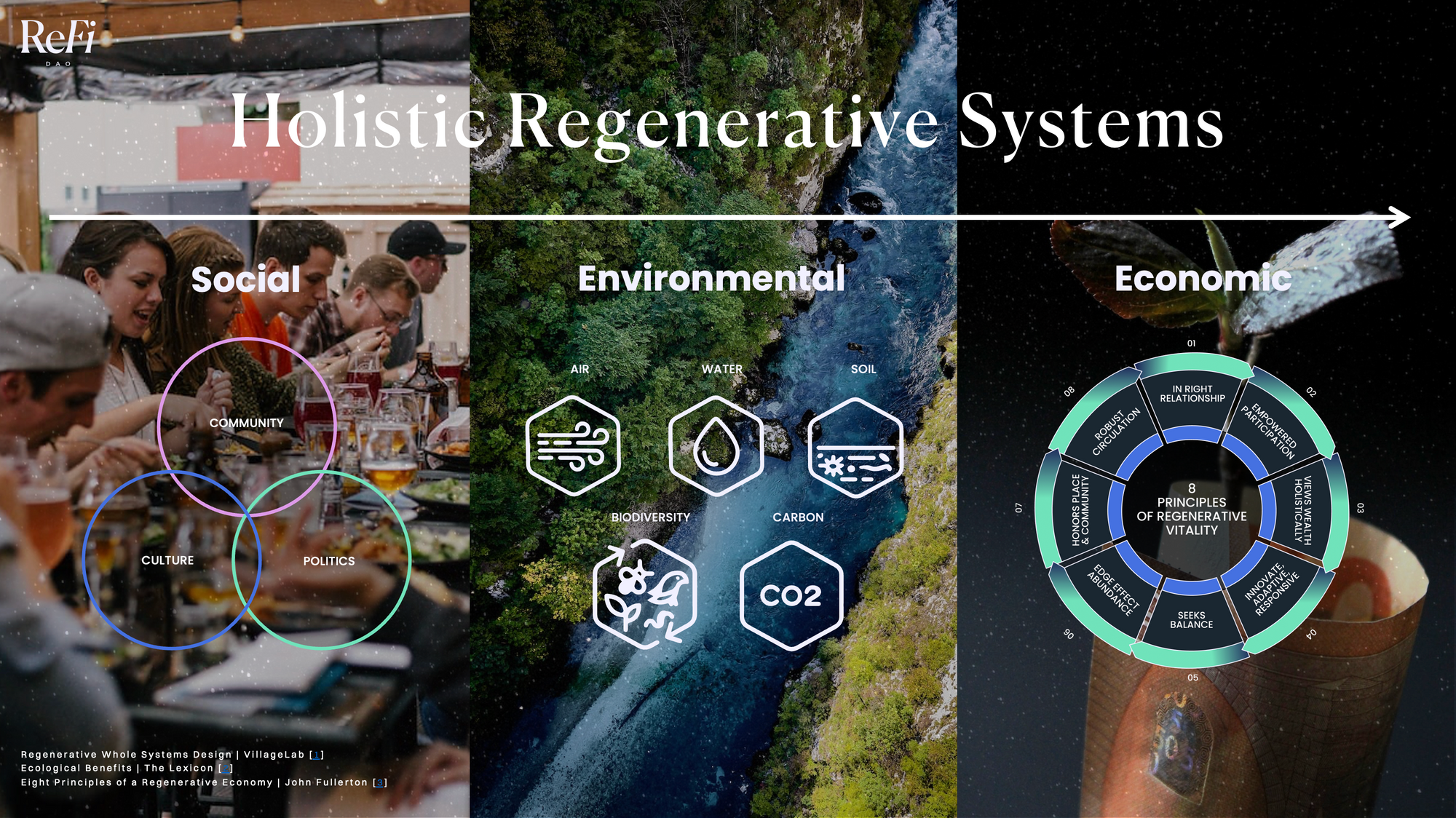
How can we further unpack and distill these frameworks? What additional frameworks should we be looking at?
3) Regeneration builds wealth across diverse forms of capital.
Our modern capitalist economy has become incredibly proficient at maximising for a a single variable - growth in GDP. This relentless drive is increasingly coming at the expense of our individual and collective wellbeing, as well as that of the entire biosphere. Frameworks such AppleSeed Permaculture's 8 Forms of Capital or the MetaImpact Framework's 10 Types of Capital build a model for understanding a more holistic view of the meaning of wealth and capital.
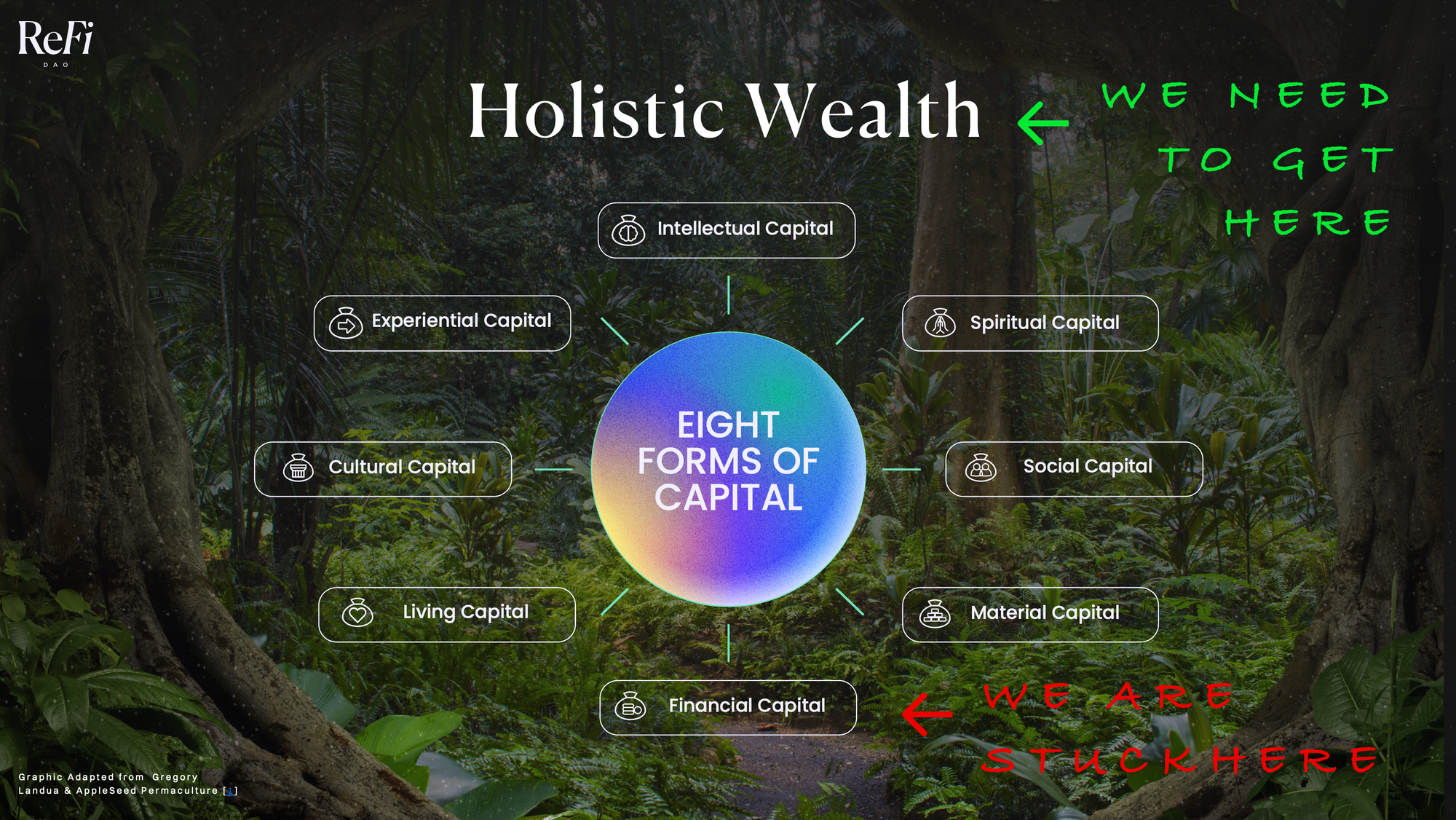
How might we regenerate the capacity of many types of capital simultaneously?
4) Web3 is powerful technology to enable Regenerative Finance (ReFi)
Regenerative Finance is focused on aligning social, environmental, and economic activities with the principles of regeneration. It is not inherently tied to using Web3 & Decentralized Ledger Technologies, yet these tools have incredible power to support the creation of systems that can be more transparent, decentralized, and regenerative, if they are consciously designed with this aim.
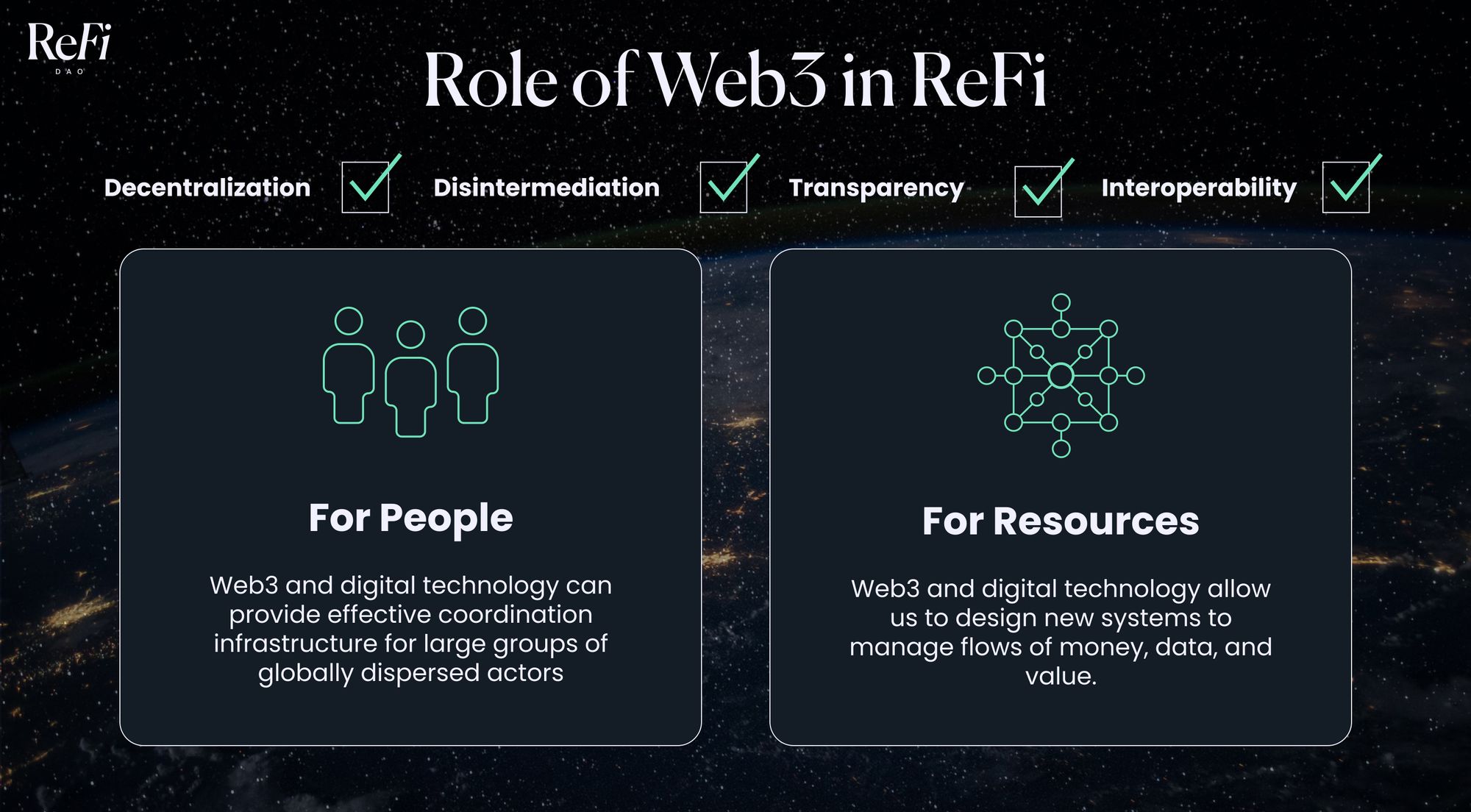
What are the best use-cases for Web3 in Regeneration?
Making Regeneration Happen 👷 🏗️ 🌱
Going from theory to practice, how will we actually make regeneration happen?
--> We need to build these new systems. We need to mobilize billions of people. We need to invest trillions of dollars.
And thus we arrive as to what I believe is the core of the purpose of ReFi:
--> To design & build regenerative social, economic, and environmental systems, channel people & resources into them, and create wealth across the diverse forms of capital.
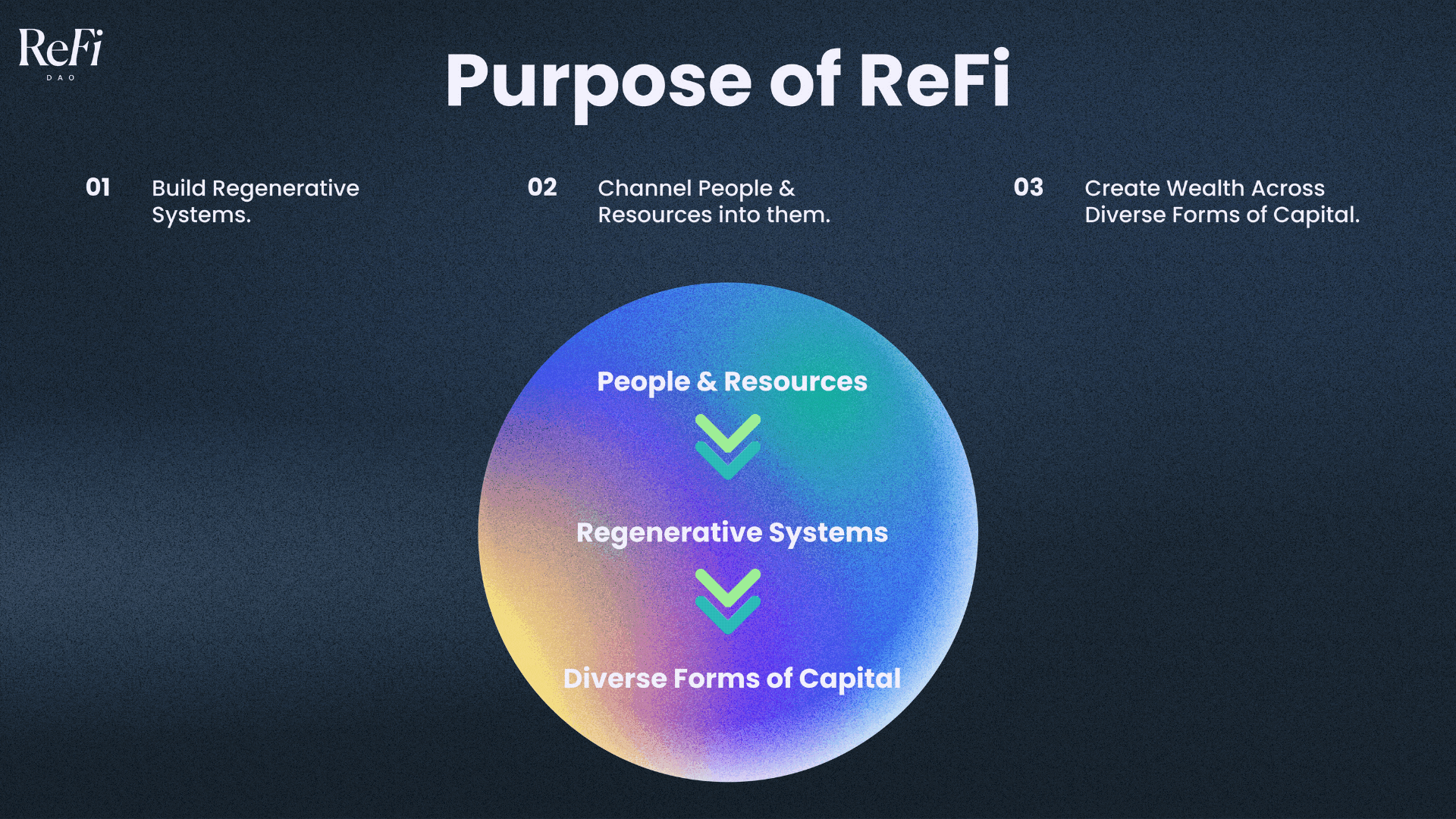
But how can we actually evaluate whether the systems being built are indeed regenerative? How can we measure and compare projects?
ReFi Ratings
Last year, together with Prime DAO and Simbiotica Finance, ReFi DAO helped to launch the 'ReFi Rate-athon'. The aim was to start evaluating the wealth of projects coming into the ecosystem while also rewarding researchers for their analysis.
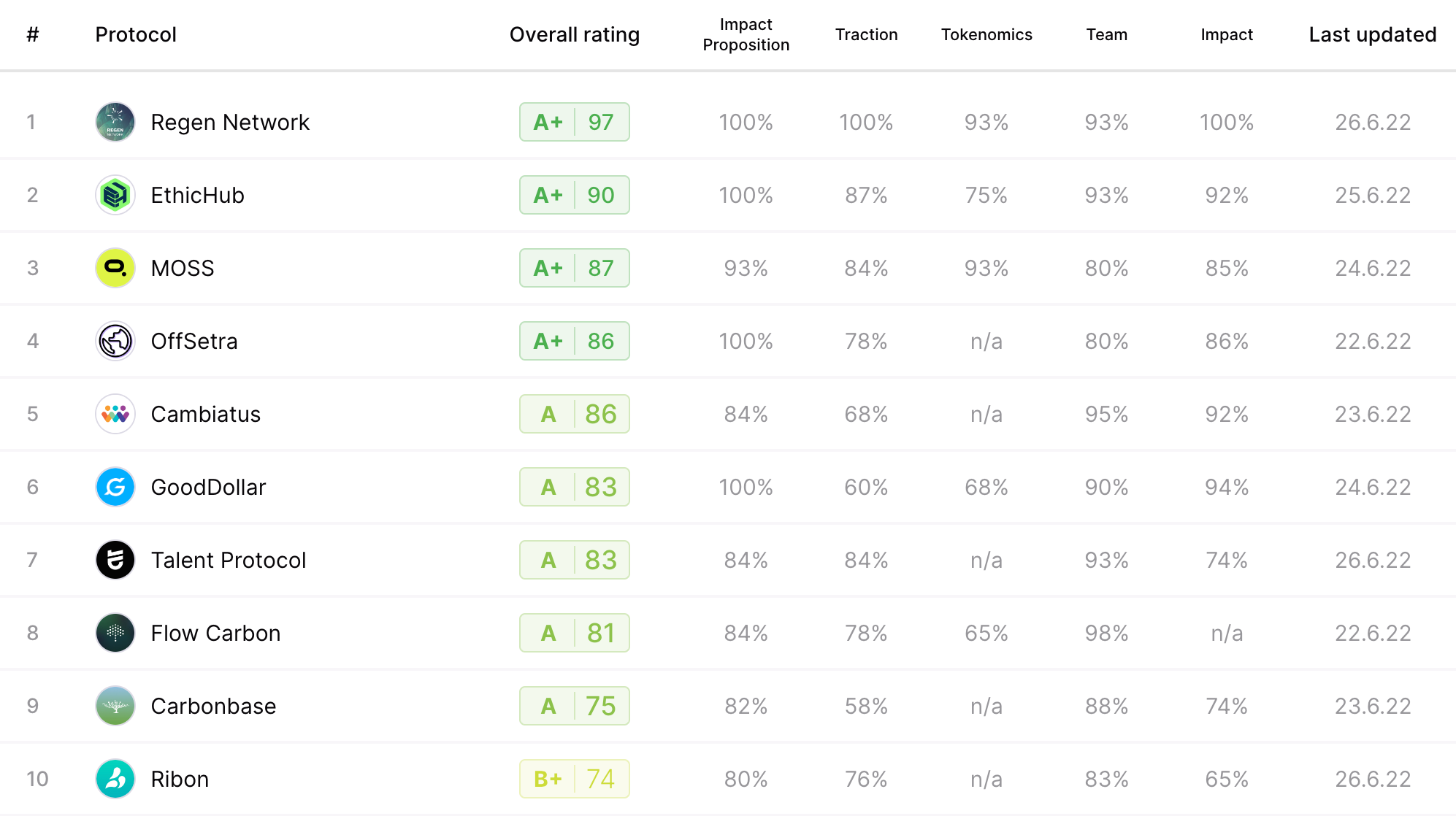
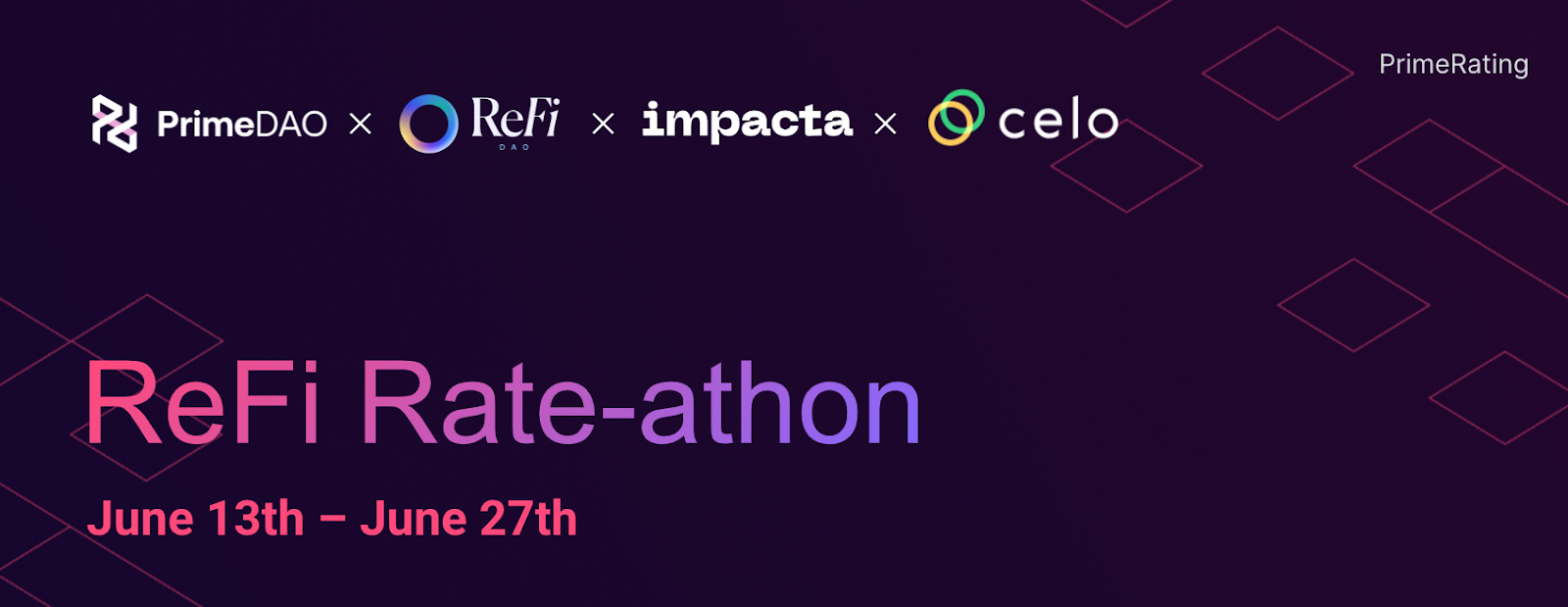
The analysis was conducted using a score-card to evaluate key metrics such as Team, Traction, Tokenomics & Governance, as well as the Impact Proposition and Real-World Impact on the ground.

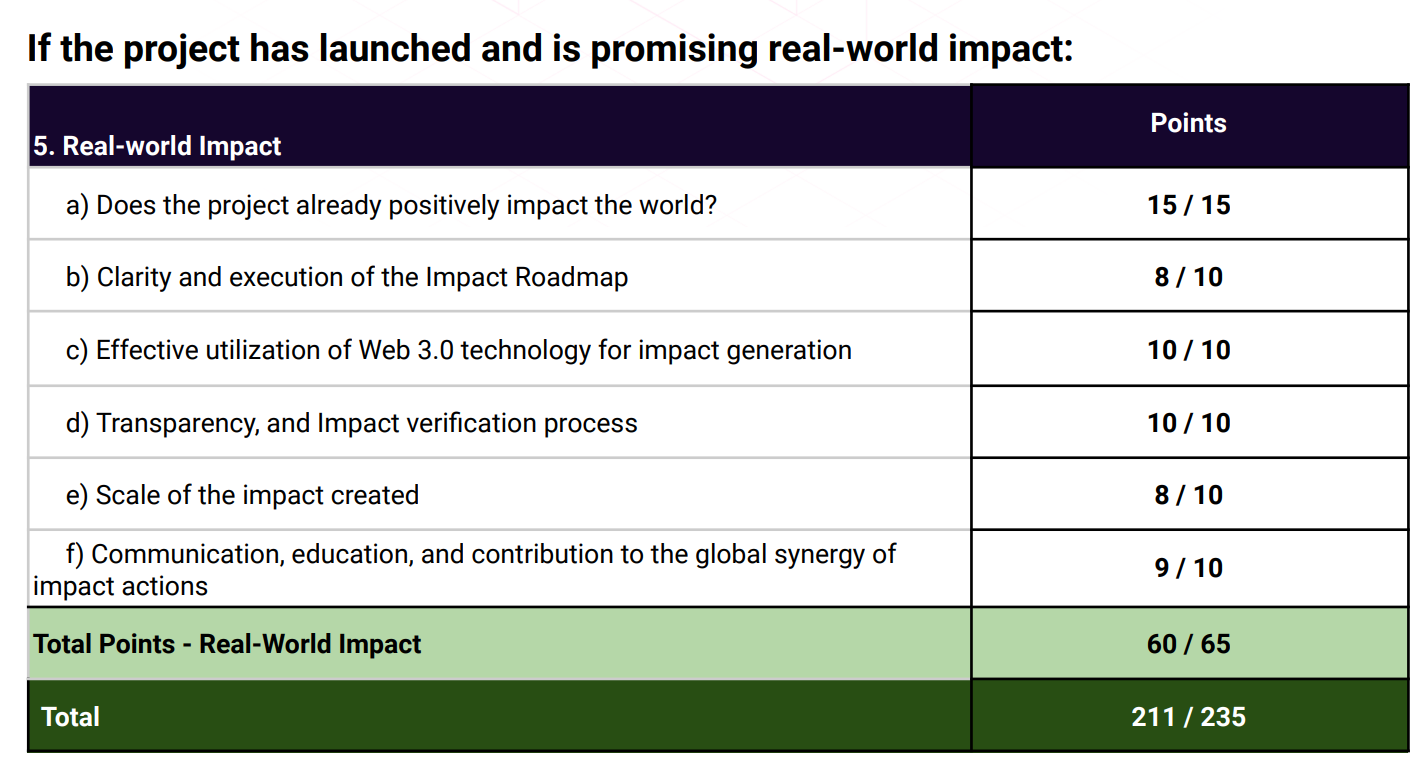
This methodology is a great version 1, but is it missing a more holistic and detailed view of regeneration? How could we start to evaluate projects, systems, & organizations according to their alignment with the principles of regeneration and the creation of diverse forms of capital?
Impact Advisor & PhD researcher Kate Bennett is doing some awesome work exploring these questions. She is developing a 'ReFi Score' that aims to distinguish 'High-Impact ReFi' from 'Low-Impact DeFi' from straight up greenwashing. More on this coming soon! 👀
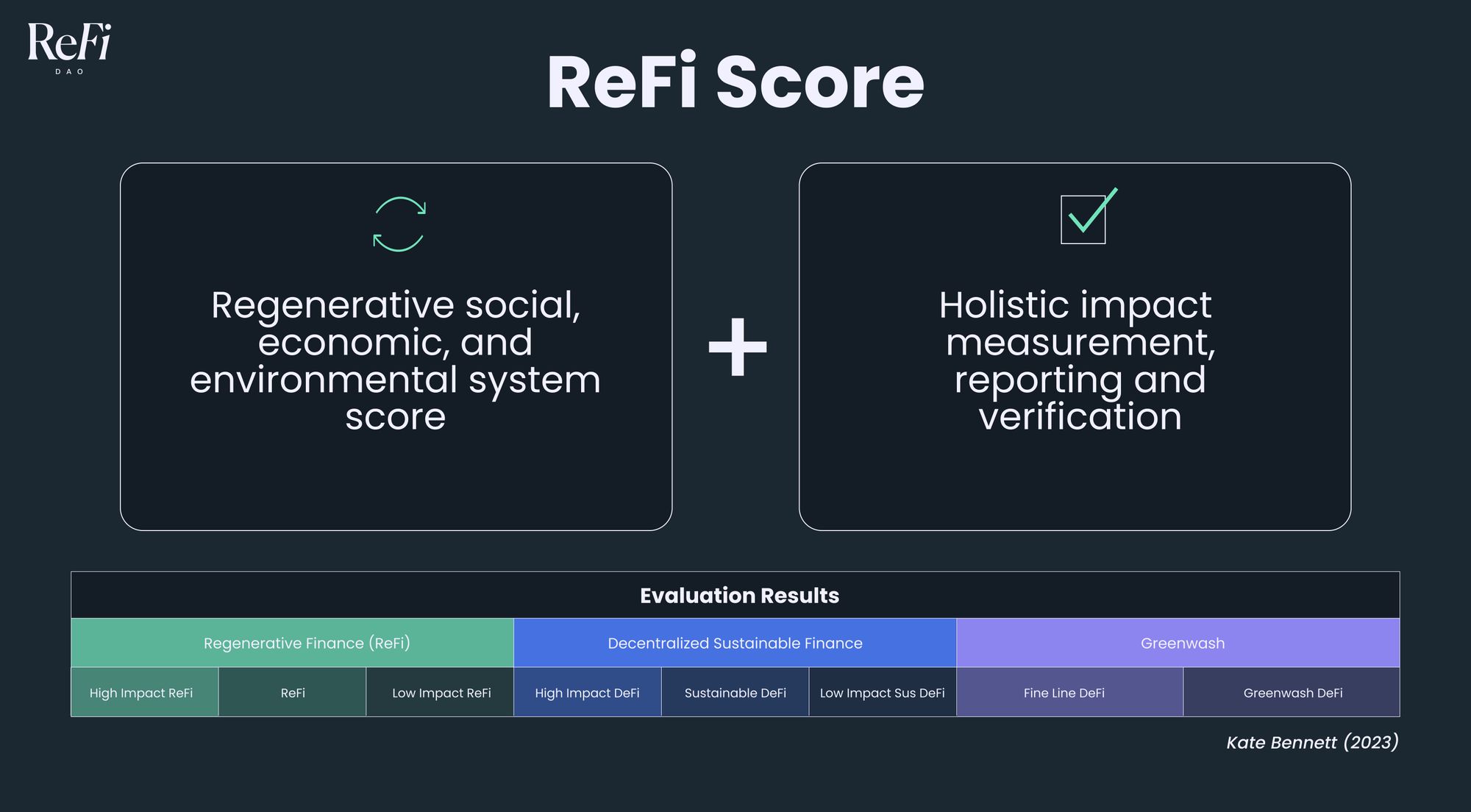
Join us Down the ReFi Rabbit Hole 🕳️ 🐇
To make all of this work most effective we need bring people together. We need to form a network of thought-leaders and practitioners that can help to align & refine these methodologies. Together, we can create shared models of understanding and from an answer to the question 'What is ReFi'? with wide community consensus.
Led by Sev of EcoLabs, The ReFi Rabbit Hole was an initiative set up with this purpose. Now, in partnership with the EBF activator & BxC, this work is continuing with weekly working sessions to synthesize and digest leading research & ideas in this domain. Come get involved! 👇
Furthermore, we would be super grateful if you might consider supporting ReFi DAO in the Web3 Community and Education Round on Gitcoin so we can continue our work supporting these initiatives & more 👇
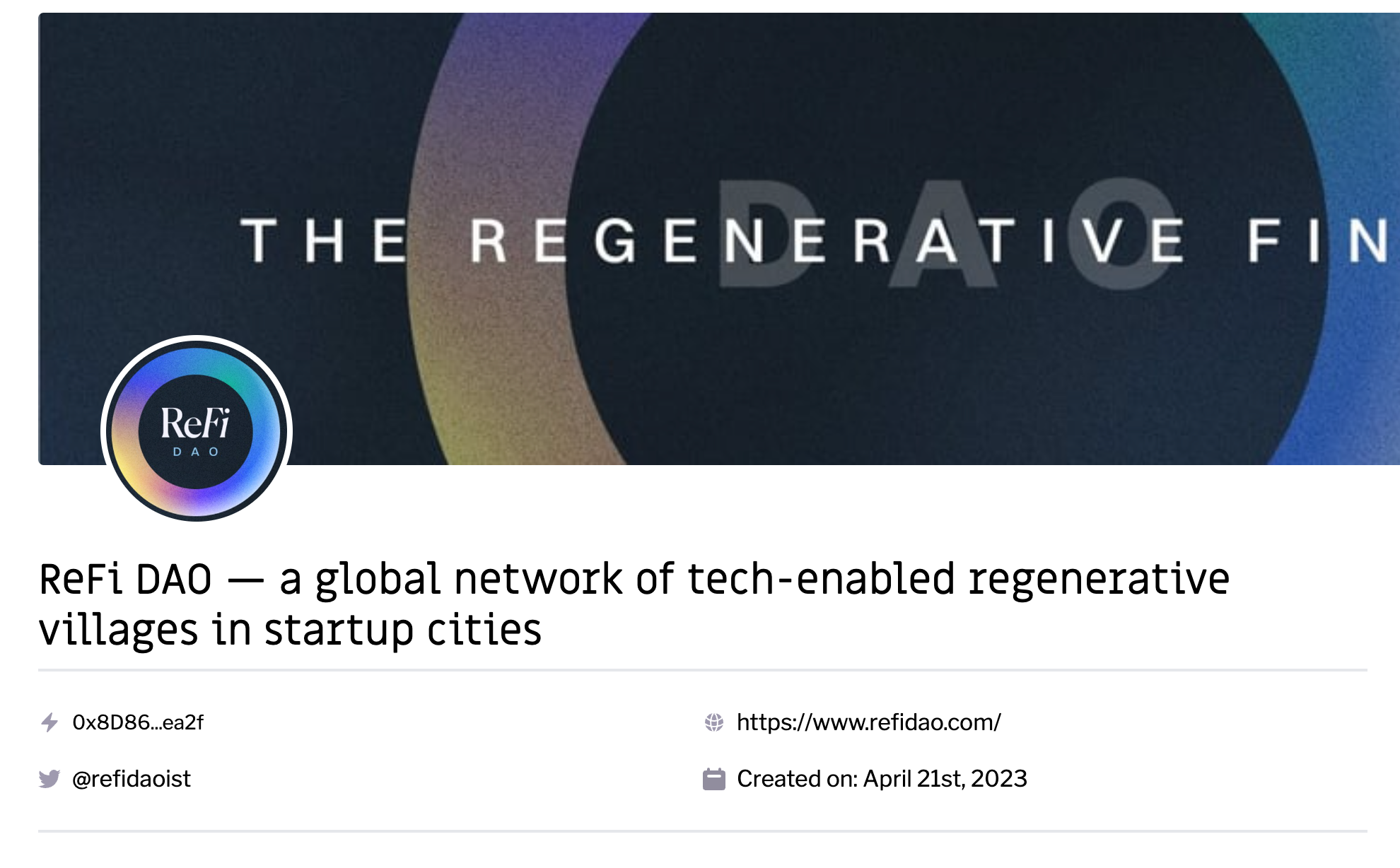
Please do share this article with anyone you think would find it useful, let's work together and build ReFi for generations to come! 💚
Peace ✌️

